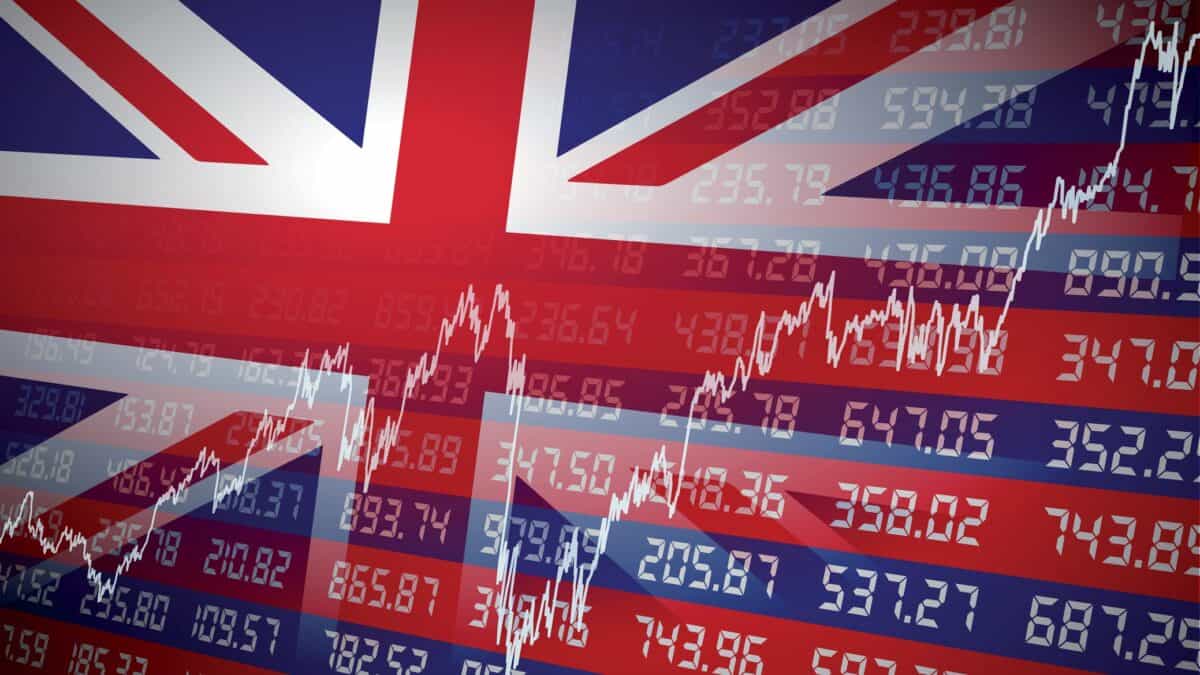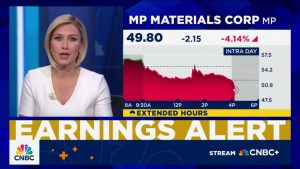The value of the FTSE 100 is heavily influenced by its largest members. This made me wonder how closely the largest company in the FTSE tracks the overall value of the index.
Can investors in the biggest stocks still beat the market by picking shares carefully?
It turns out that they can – at least sometimes.
Letting winners run
The biggest company in the FTSE 100 is pharmaceutical group AstraZeneca (LSE: AZN), with a market cap of £174bn.
In second and third place are Shell (£154bn) and HSBC Holdings (£128bn).
This picture has changed significantly over the last five years.
At the start of November 2019, Shell topped the leaderboard with a market cap of £187bn, while HSBC was almost unchanged at £125bn.
AstraZeneca was well down the list with a market cap of £97bn, but the pharmaceutical company’s share price has risen by almost 50% over the last five years. This has allowed it to romp away from the FTSE 100, up by just 11% over the same period.
2024 slowdown
AstraZeneca’s strong run of growth has been well deserved, in my view. Annual sales have doubled to $49bn since 2019, while operating profit has risen threefold to $9bn.
However, since hitting a record high of 13,388p earlier this year, the share price has fallen by over 15% to around 11,000p.
This slump means that the shares are now only 3.5% higher than they were at the start of this year.
Including some dividends, I reckon AstraZeneca shareholders have had a total return of about 6% this year. An investment of £10,000 on 2 January would now be worth about £10,600.
This rather average result means the company has lagged behind the FTSE 100, which has delivered a total return of about 8% so far in 2024.
What next for AstraZeneca?
Broker forecasts for the company’s 2024 earnings have slipped slightly this year. But City analysts are still confident the group’s profits will rise by around 15% in 2025.
Looking ahead to 2026, consensus estimates suggest earnings will rise by a further 12%.
These forecasts seem encouraging to me. However, my main concern with AstraZeneca (and other pharmaceuticals) is that future performance is very hard to predict.
These businesses depend on a regular supply of new medicines, but developing these takes years and is very expensive. A lot of money must be spent before new treatments can be trialled, They’re not always successful.
For example, AstraZeneca reported disappointing trial results for two new cancer treatments in September. That could limit their future sales and make regulatory approval more difficult.
Should I buy now?
AstraZeneca’s share price slump has left the stock trading on a 2024 forecast price-to-earnings (P/E) ratio of 18, falling to 15 in 2025.
Although the dividend yield is relatively low at 2.1%, I don’t think the shares look too expensive for a leading global pharma business.
However, the uncertainty I’ve mentioned above means that I’d prefer to have a greater margin of safety when buying this stock. AstraZeneca will stay on my watch list for now, in hope of a cheaper entry point.
This post was originally published on Motley Fool





